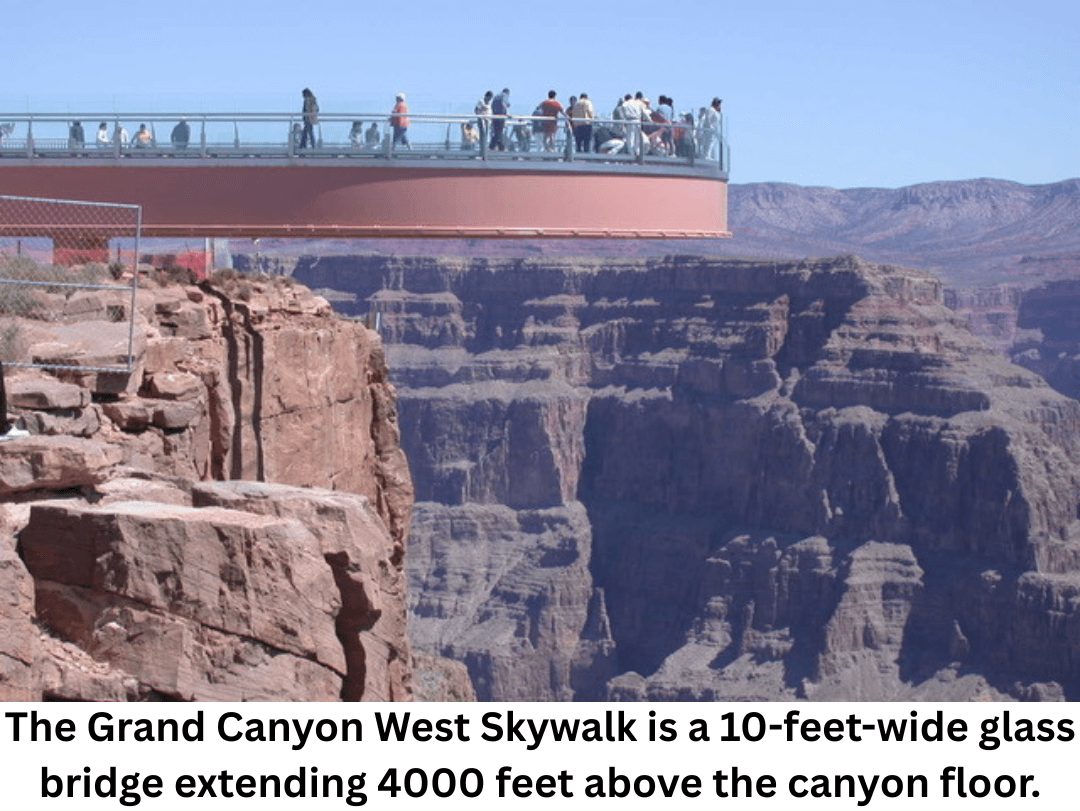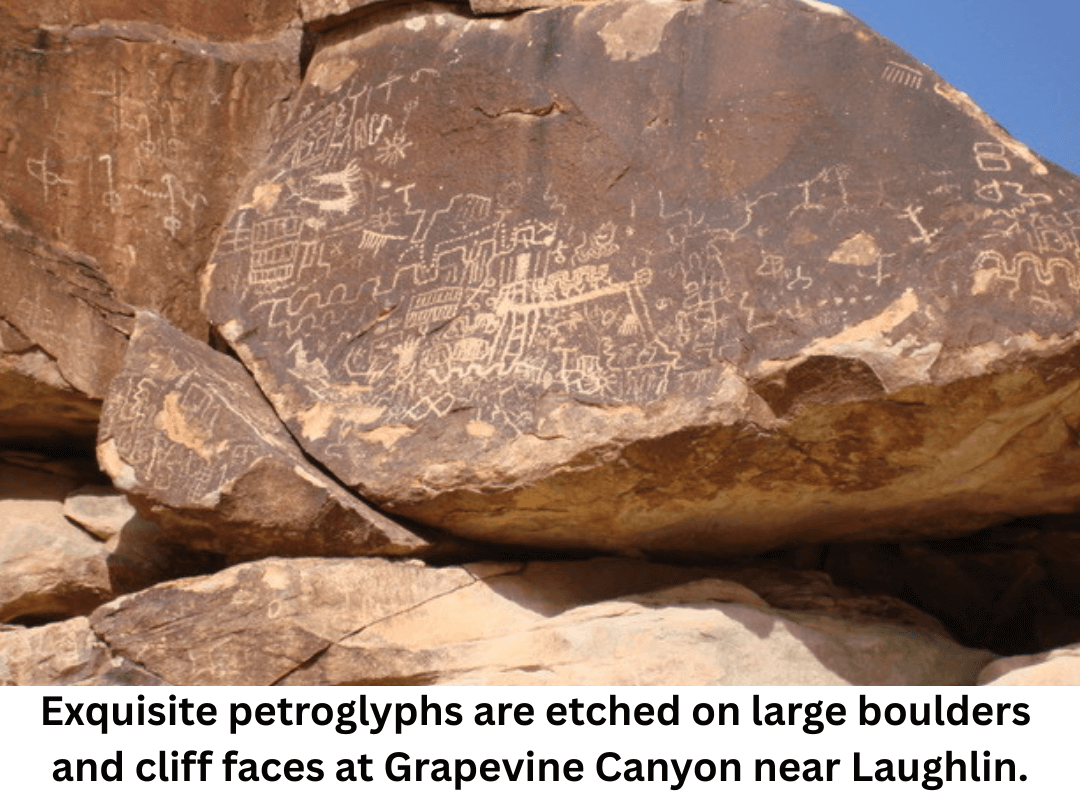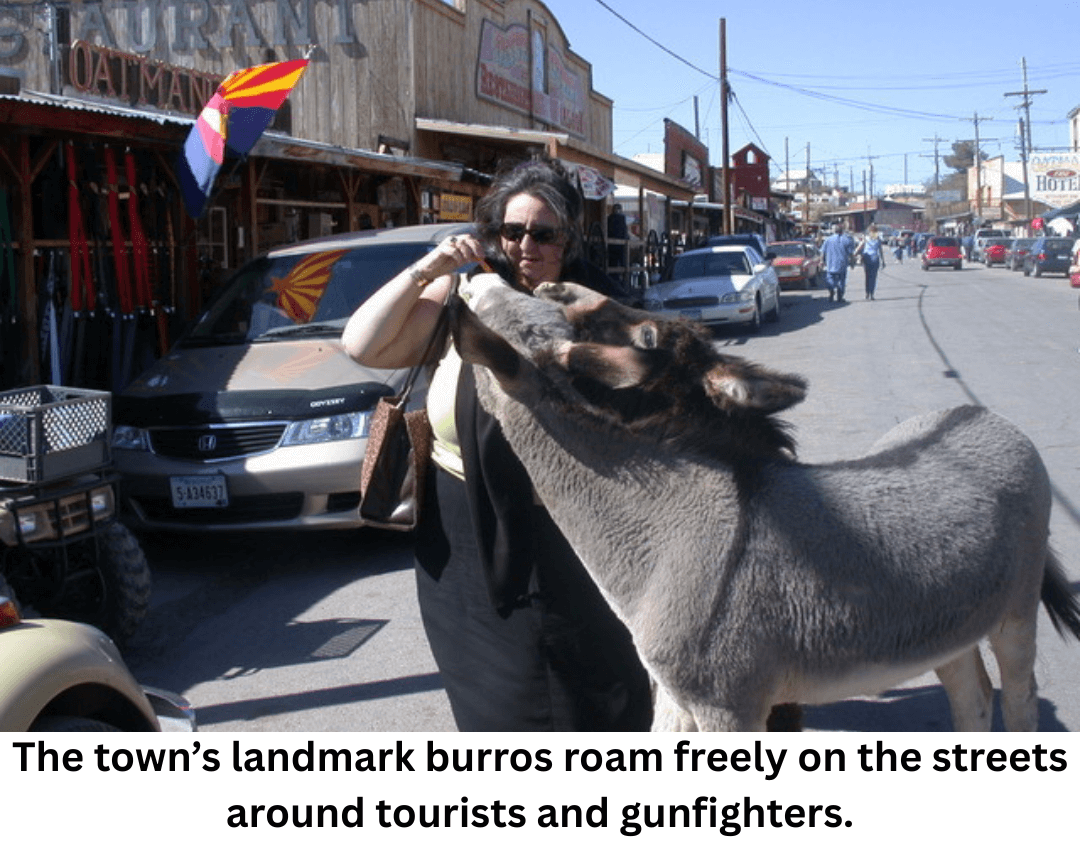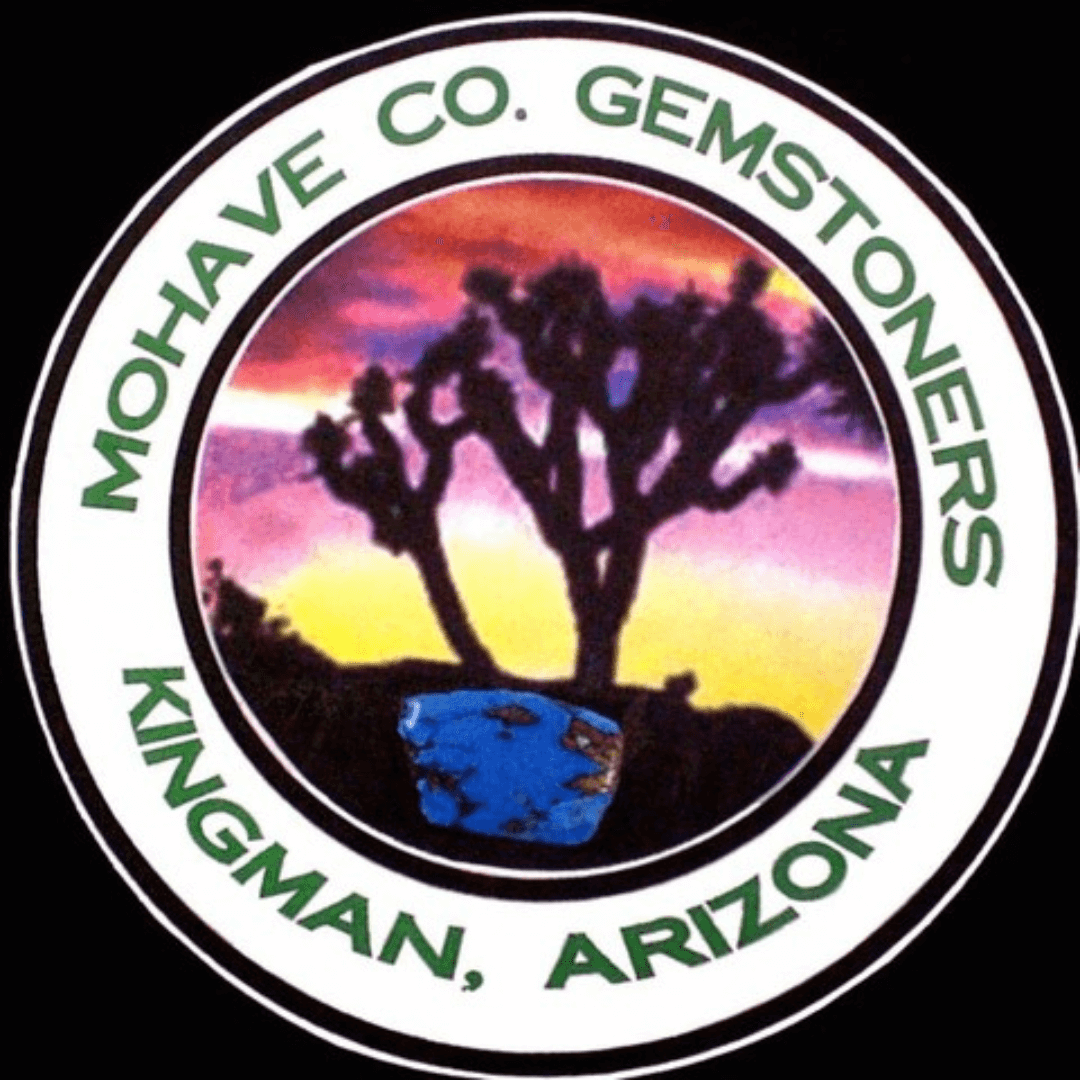The Mohave County Gemstoners Gem & Mineral Show will be held in Kingman, Arizona, on Saturday, May 3, and Sunday, May 4, 2025. The show location is at the Mohave County Fairgrounds at 2600 Fairgrounds Blvd. Admission is free, but donations are always welcome. There will be 25 show dealers selling gemstones, minerals, jewelry, fossils, rocks, woodwork, and clothing. There will also be kids' activities, raffles, hourly door prize drawings, and food vendors.
The show is sponsored by the Mohave County Gemstoners (MCG), a Rocky Mountain Federation of Mineralogical Societies member. The club conducts collecting field trips and holds a mining claim for honey onyx, where members can go collecting. They also have speakers at their meetings, and several members enjoy lapidary.
The City of Kingman
The City of Kingman is the county seat of Mohave County, the northwestern county in Arizona, neighboring Nevada and California. Kingman is situated on the Mohave Desert’s eastern edge between the Cerbat and Hualapai mountains, offering both desert and mountain flora and fauna. Lt. Edward Fitzgerald Beale, a U.S Navy officer, surveyed and built Beale’s Wagon Road in 1859, which became part of the now historic U.S Route 66 and later Interstate 40.
The city is named after Lewis Kingman (1845-1912), a civil engineer for the Atlantic and Pacific Railroad. Kingman was born and studied engineering in Massachusetts. He worked in the oil fields of Pennsylvania until 1868, when he started working for railroads. In 1880, he surveyed and built the line from Flagstaff to Needles through what would soon become Kingman. Kingman was founded in 1882, while Arizona was still a Territory.
In Kingman, you can visit the Mohave Museum of History & Arts (www.mohavemuseum.org), and the nearby attractions along the historic U.S. Route 66, the Skywalk, Hoover Dam, Laughlin, Havasupai Falls, and the historic mining towns of Chloride and Oatman. Make the most of your gem show visit!
The Grand Canyon West
The Grand Canyon West is at the far western part of the Grand Canyon, situated on the Hualapai Nation Reservation. It is 79 miles north of Kingman, Arizona, about a 1.5-hour drive away. The famous Grand Canyon Skywalk is a ten-foot-wide glass bridge extending 70 feet over the West Rim, 4,000 feet above the canyon floor. For ticket options and reservations, visit www.grandcanyonwest.com. (Also read my articles Ten Canyons on or near Navajoland, Part 1 and Part 2, published by Xpo Press in April 2023).
Laughlin, Davis Dam, and Grapevine Canyon
The casino town of Laughlin is located in the southeastern part of Nevada, right across from Bullhead City, Arizona, on the Colorado River. At the Colorado River Historical Society Museum in Bullhead City, displays, artifacts, and memorabilia give a fairly complete picture of the history of the area, the Fort Mohave Indian Tribe, the early explorers, and the gold mines. Some local minerals are also displayed. The Davis Dam and power plant are just two miles upstream from Laughlin, best seen on tour boats from Laughlin. Built between 1946 and 1953, the dam stretches across the Colorado River connecting Arizona and Nevada.
Grapevine Canyon is  located seven miles west of Laughlin, off Hwy. 163, south of Spirit Mountain — the spiritual birthplace of tribes of the lower Colorado River. The canyon is a sacred area, where exquisite petroglyphs are etched on large boulders and cliff faces, evidence of the prehistoric Indians who lived in the Mohave Desert area. It is an easy quarter-mile walking trail from the parking lot.
located seven miles west of Laughlin, off Hwy. 163, south of Spirit Mountain — the spiritual birthplace of tribes of the lower Colorado River. The canyon is a sacred area, where exquisite petroglyphs are etched on large boulders and cliff faces, evidence of the prehistoric Indians who lived in the Mohave Desert area. It is an easy quarter-mile walking trail from the parking lot.
Chloride
The historic silver mining town of Chloride is located 23 miles northwest of Kingman. The town was founded in 1863, and prospectors discovered silver, gold, lead, zinc, and turquoise in 1864. Mining spread after the 1870s treaty with the Hualapai Indians, and in 1900, more than 50 mines were in operation, and the population was 2,000.
Acclaimed artist Roy Purcell painted a number of murals on huge boulders in 1966, while he worked as a miner at the nearby Cerbat Mountains. The famous Roy Purcell Murals are located in the hills behind Chloride, about 1.5 miles up the canyon. My husband and I did that hike in 2006 and visited the incredible murals.
Oatman
A winding scenic route from Kingman brings you to Oatman, a historic gold mining town founded in 1906 in the Black Mountains at 2,710 feet. In 1906, a quartz vein containing gold was discovered, and for the next 100 years, the Gold Road Mine was worked depending on world gold prices. By 1931, the area’s mines had produced over 1.8 million ounces of gold, but by the mid-1930s, the boom was over, and in 1942, the last remaining mines closed as non-essential to the war effort. In 2017, Para Resources acquired the Gold Road Mine, started underground mining, and stopped offering tours.
Oatman’s nostalgic  Route 66 and Wild West sentiment is enhanced by the town’s landmark burros that freely roam the streets around tourists and gunfighters. They are a piece of history as they came with the early prospectors and were used to haul rock and ore in the mines, or water and supplies. As the mines closed and people moved away, the burros were released into the surrounding hills.
Route 66 and Wild West sentiment is enhanced by the town’s landmark burros that freely roam the streets around tourists and gunfighters. They are a piece of history as they came with the early prospectors and were used to haul rock and ore in the mines, or water and supplies. As the mines closed and people moved away, the burros were released into the surrounding hills.
The town is named after Olive Oatman, a young girl from Illinois who was captured by Native Americans when her pioneer family was massacred in 1851. Her face was tattooed after she was sold or traded to the Mohave people, as was the tribe’s custom. She was released five years later at Fort Yuma.
Only five miles from Oatman is the Homestake Mine, a historic gold mine famous today for mining fluorite. The mine is open for tours on Saturdays and Sundays, 10 am to 5 pm.

Helen Serras-Herman, a 2003 National Lapidary Hall of Fame inductee, is an acclaimed gem sculptor and FGA graduate gemologist with over 40 years of experience in unique gem sculpture and jewelry art. See her work at www.gemartcenter.com and her business Facebook page at Gem Art Center/Helen Serras-Herman. All photos © Helen Serras-Herman.




